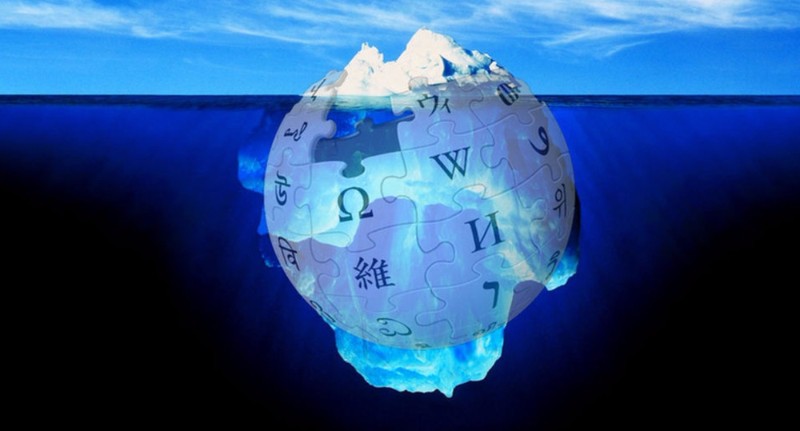Semalt: How Does Wiki Work In Different Languages?

Oliver King, the Semalt Customer Success Manager, says that Wikipedia has an extensive range of data, articles, and content in different languages, and the editors are encouraged to create the missing articles on this giant encyclopedia. It's safe to say that Wikipedia exists in more than three hundred languages, but most of them are incomplete and relatively small. People from all parts of the world visit Wikipedia daily and read its more than 300 language editions. Some of them search for specific articles and content written by hundreds to thousands of volunteer writers who are responsible for building and maintaining this famous and free encyclopedia. Wikipedia's visitors mostly search the articles in the English language, and the other languages account for Wiki 30 million entries.
Democratize access to the knowledge

To help writers and editors of various linguistic communities evaluate the missing articles, the computer experts at the Wikimedia Foundation and Stanford have successfully created some tools. One of them helps identify the important articles that are not yet available in a particular language. Editors then use these recommendations to craft new articles. If the editors and writers are multilingual, then finding articles in a second language and translating it into the local language for Wikipedia readers is very easy.
So, this system will first identify the editor of Madagascar who wants to write in the French language and will ask the editor to complete the missing parts of an article and get it published in the Malagasy Wikipedia. This way, the editors can create articles for different people in the world, which in turn can influence the overall user experience.
Wikimedia Foundation researchers Leila Zia and Ellery Wulczyn have collaborated with Stanford University's student Robert West to present a report at the International World Wide Web Conference, Montreal. According to them, Wikipedia has an extensive amount of data, and there is a strong relationship among its articles.
The scientists have started creating the lists of articles in different languages and cross-reference the lists to find out which articles are missing in which languages. Then they estimated the significance of all missing articles based on the geographical and cultural relevance. They aim to publish the missing articles as soon as possible and to get them better ranks.
Plugging the gaps
Researchers have tested the premise with a range of experiments. They started the project with more than 4 million articles that were written in English language and discovered that over 1.5 million articles were missing in the French Wikipedia section. The experts then selected the 300,000 important English language articles and translated it into the French language. The articles were divided into three main groups of more than 100,000 articles each and were handed over to the best and most experienced editors. The experiment's crux involved two main groups of six thousand editors and writers who did multiple edits in both French and English languages within twelve months before the experiment was over. In June 2015, all editors received an email pointing out the unique missing articles, and they were asked to translate the complete list of articles from the English to the French language. One month later, the experts accessed the missing article creation and found that they could increase the organic article creation rates. Based on all these results, the Wikipedia Foundation developed some experimental tools where the editors and writers can find the gaps in their local languages and get pointed to specific entries.